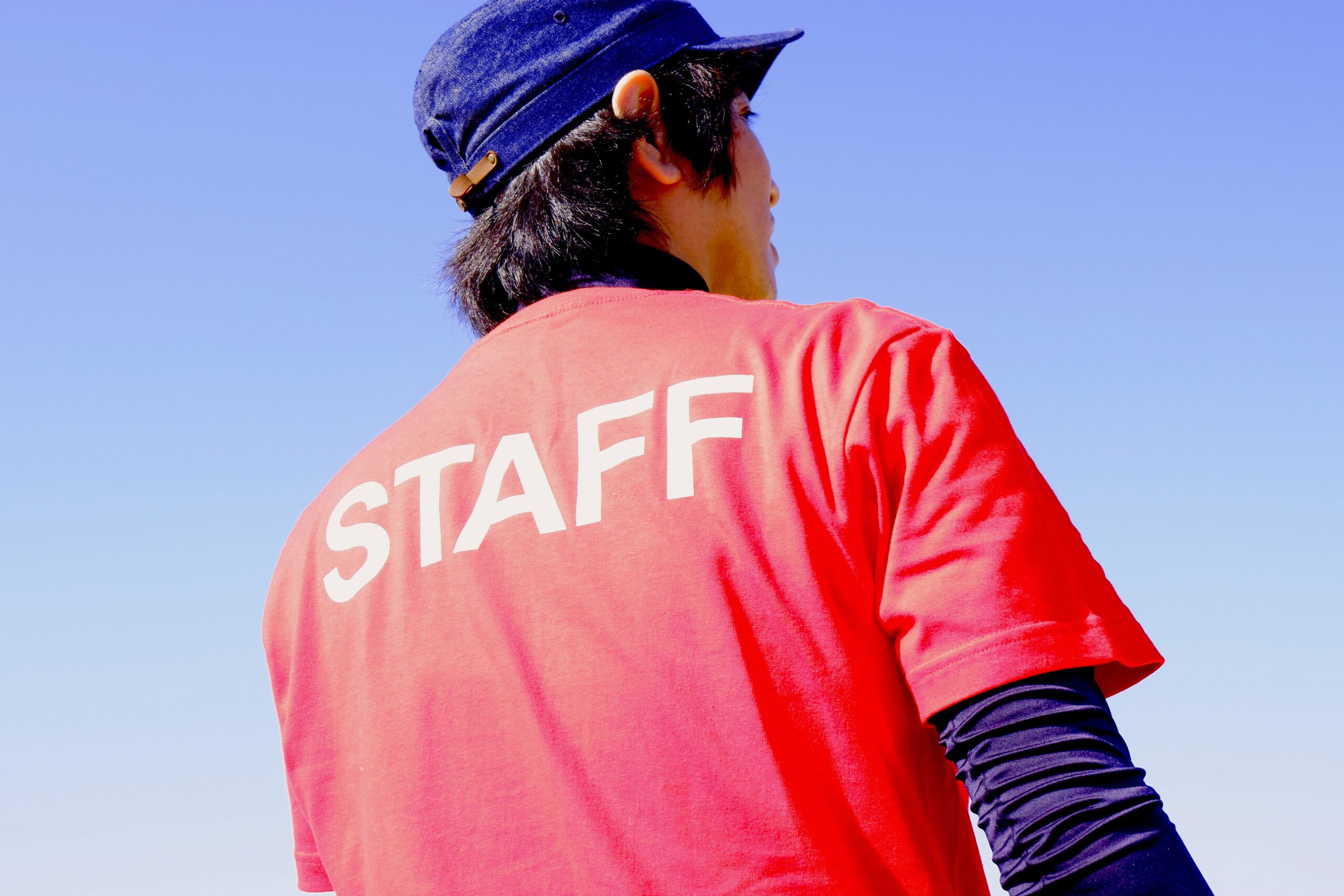In today’s dynamic business landscape, organizations are constantly seeking ways to optimize their operations and maximize efficiency. Staff augmentation has emerged as a valuable strategy for achieving these goals by providing access to skilled resources on a flexible basis. This article explores the key strategies that organizations can implement to maximize efficiency through staff augmentation.
Clearly Define Roles and Expectations:

One of the critical factors for success in staff augmentation is defining clear roles and expectations for both the internal team and the augmented resources. Clearly outline the responsibilities, deliverables, and desired outcomes to ensure everyone is aligned and working towards the same objectives. This clarity promotes effective collaboration and eliminates any confusion or duplication of efforts.
Effective Communication and Collaboration:
Communication is key to successful staff augmentation. Establish regular channels of communication between the internal team and augmented resources to facilitate seamless collaboration. Leverage digital tools and project management platforms to enable real-time communication, document sharing, and progress tracking. Encourage open and transparent communication to foster a cohesive and integrated work environment.
Foster Knowledge Transfer:

Staff augmentation provides an opportunity for knowledge transfer between the augmented resources and the internal team. Encourage a culture of learning and knowledge sharing, where both parties can exchange expertise and insights. This ensures that the organization benefits from the specialized skills brought by the augmented resources while also enhancing the capabilities of the internal team.
Provide Adequate Support and Resources:
To maximize efficiency, it is crucial to provide the augmented resources with the necessary support and resources. Ensure they have access to the required tools, technologies, and training to perform their roles effectively. Support them with onboarding processes, documentation, and access to relevant information. By providing a conducive work environment, organizations can optimize the performance of the augmented resources and enhance overall efficiency.
Continuous Performance Monitoring and Feedback:

Regular performance monitoring and feedback are essential to ensure that staff augmentation is contributing to increased efficiency. Establish performance metrics and key performance indicators (KPIs) to evaluate the effectiveness of the augmented resources. Provide timely feedback to address any areas of improvement and recognize exceptional performance. This feedback loop promotes continuous improvement and helps align the efforts of the augmented resources with the organization’s goals.
Evaluate and Optimize:
Periodically evaluate the impact of staff augmentation on efficiency and overall business performance. Assess the effectiveness of the augmented resources in achieving the desired outcomes and meeting the organization’s needs. Identify areas for improvement and implement necessary adjustments. Continuously optimize the staff augmentation strategy to ensure it aligns with the evolving requirements of the organization.
Conclusion:
Staff augmentation offers organizations a flexible and efficient way to scale their teams and maximize productivity. By following key strategies such as defining clear roles, fostering effective communication, promoting knowledge transfer, providing support and resources, monitoring performance, and optimizing the approach, organizations can successfully leverage staff augmentation to achieve their efficiency goals. By implementing these strategies, organizations can unlock the full potential of staff augmentation and drive sustainable growth and success.
FAQs
How can staff augmentation maximize efficiency in my organization?
Staff augmentation can maximize efficiency by providing access to skilled resources on-demand, allowing you to scale your team based on project requirements. This ensures that you have the right expertise available when needed, reducing bottlenecks and improving productivity.
What are the key factors to consider when defining roles and expectations for augmented resources?
When defining roles and expectations, it’s important to consider the specific skills and expertise required for the project, aligning them with the capabilities of the augmented resources. Clearly outline deliverables, timelines, and communication channels to ensure everyone is on the same page.
How can effective communication and collaboration be fostered between the internal team and augmented resources?
Effective communication and collaboration can be fostered through regular meetings, leveraging digital tools for real-time communication, and establishing a culture of open and transparent communication. Encouraging knowledge sharing and providing platforms for collaboration can further enhance teamwork.
What steps can be taken to facilitate knowledge transfer between augmented resources and the internal team?
To facilitate knowledge transfer, organizations can encourage the exchange of expertise and insights through mentoring programs, cross-functional team collaborations, and documentation of best practices. Regular knowledge sharing sessions and training opportunities can also promote learning and growth.
How can organizations ensure continuous improvement and optimize their staff augmentation strategy?
Organizations can ensure continuous improvement by regularly evaluating the performance and impact of augmented resources. Monitoring key performance indicators (KPIs) and soliciting feedback from both the internal team and augmented resources can help identify areas for improvement and drive optimization efforts. This iterative process ensures that the staff augmentation strategy remains aligned with the organization’s efficiency goals.

